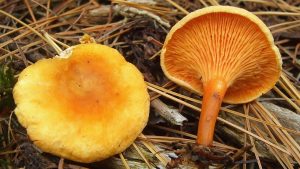#096: The Great Famine of Ireland and Phytophthora infestans
In celebration of Independence Day, I have decided to discuss a fungus-related event which significantly impacted the history of the United States (Don’t worry; I will get to the remaining mushroom toxins in the next few weeks). America is a country of immigrants, so on the day that we celebrate the founding of our country, it only seems fitting that we take a moment to remember how immigration has shaped our history.







![#011: Characteristics of Kingdom Fungi [Archived]](https://www.fungusfactfriday.com/wp-content/themes/hueman/assets/front/img/thumb-small-empty.png)

